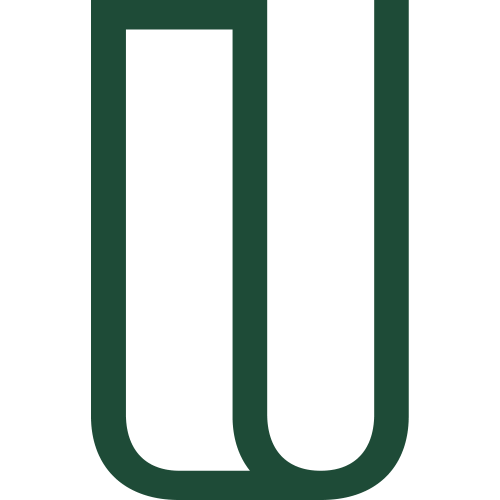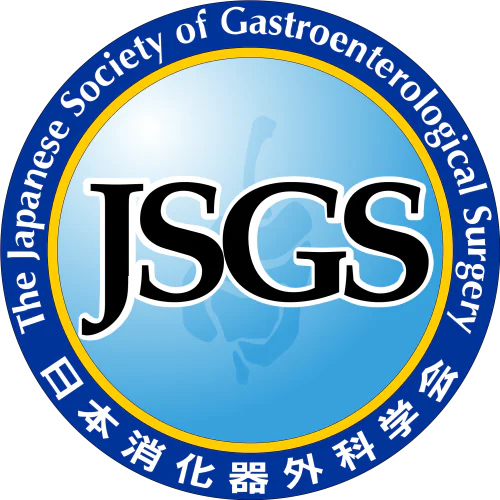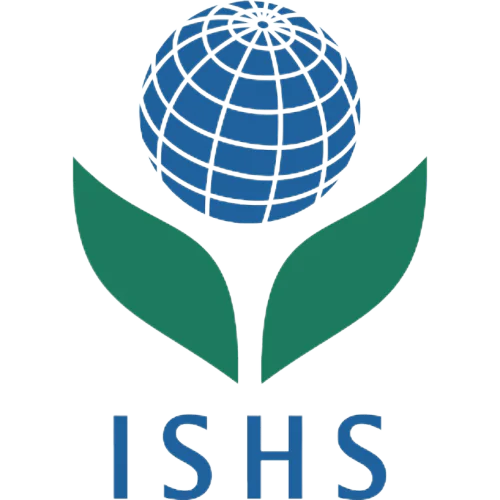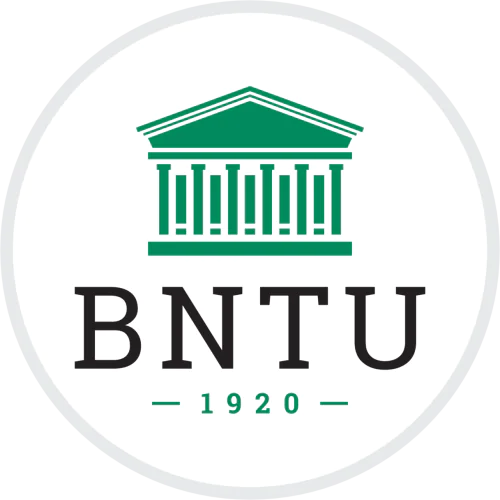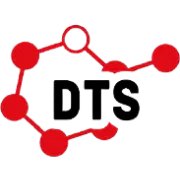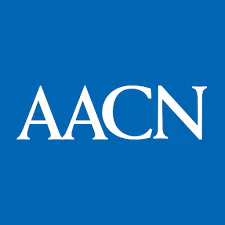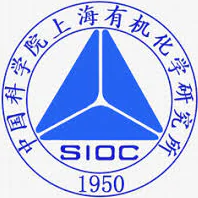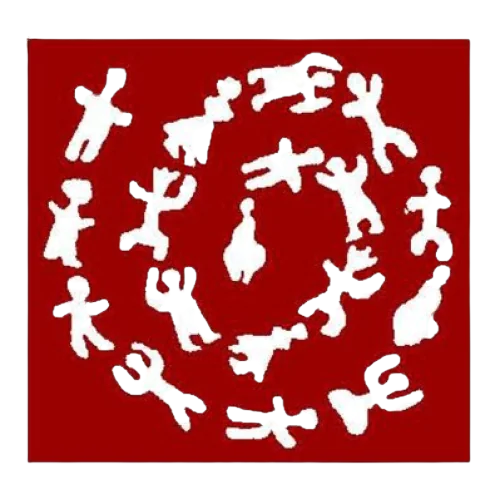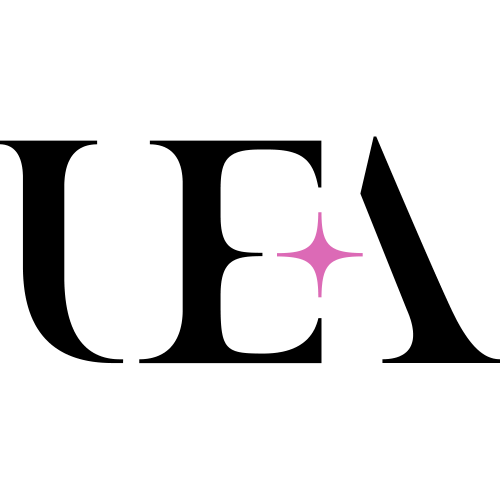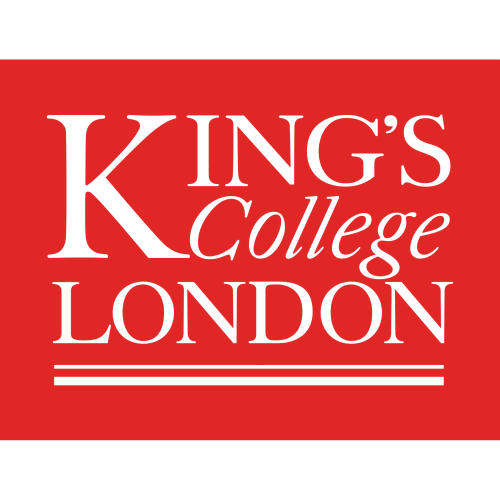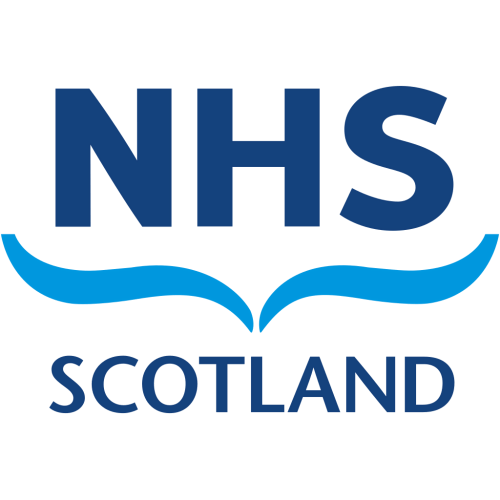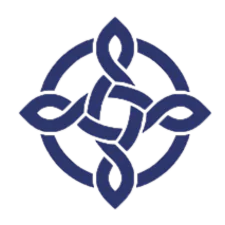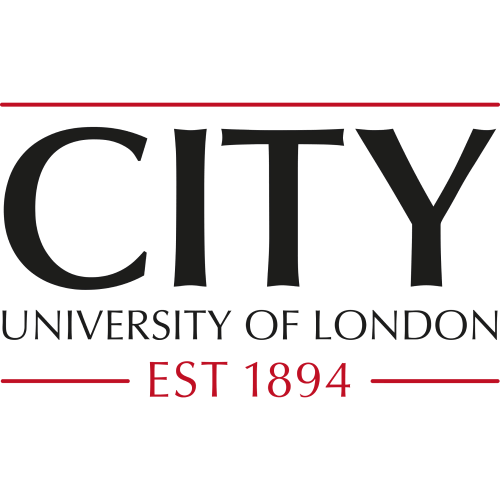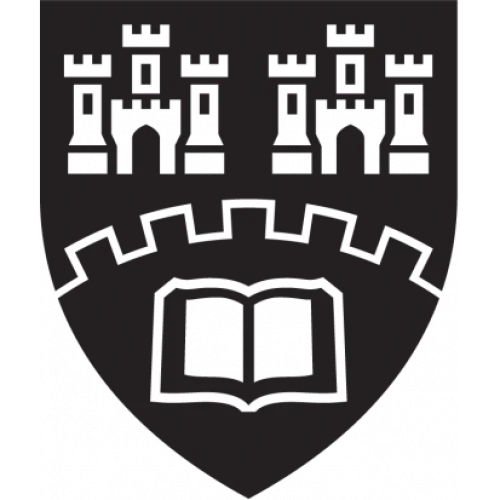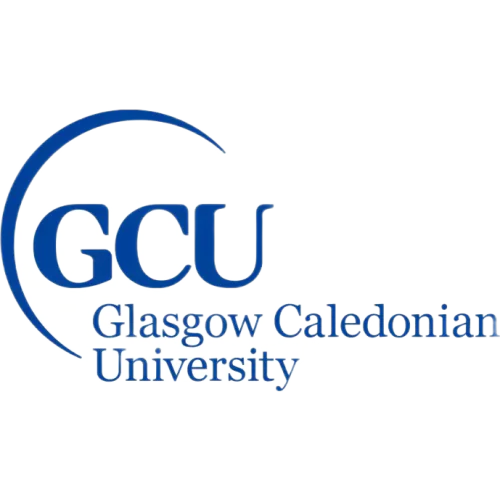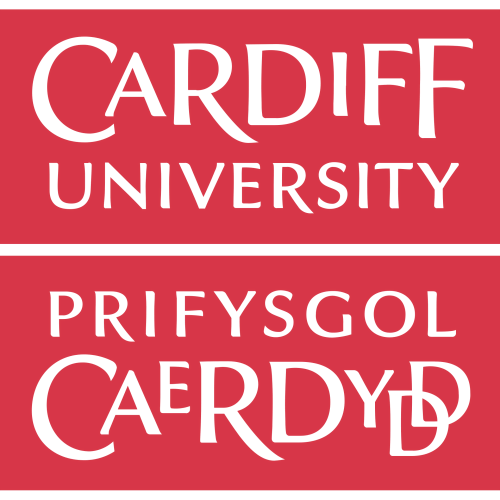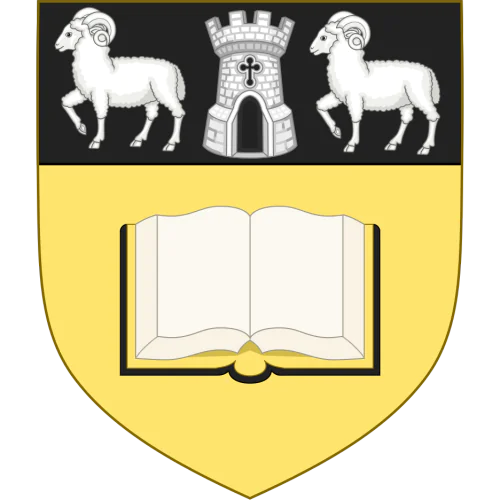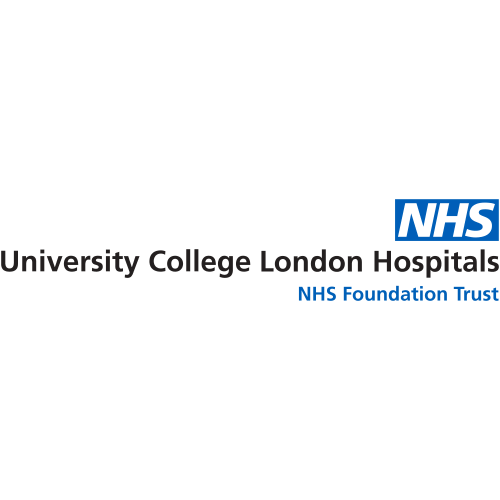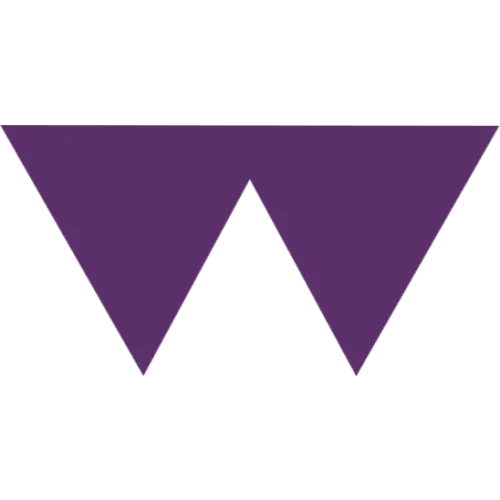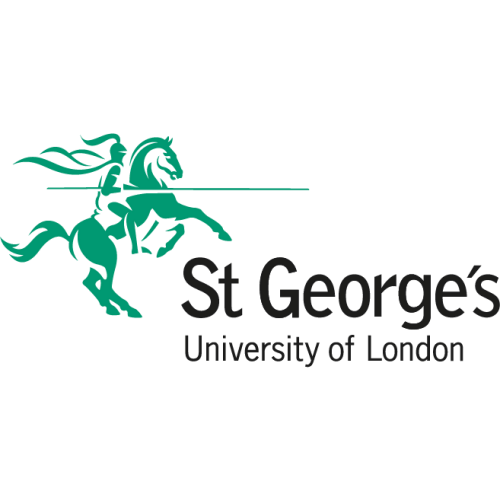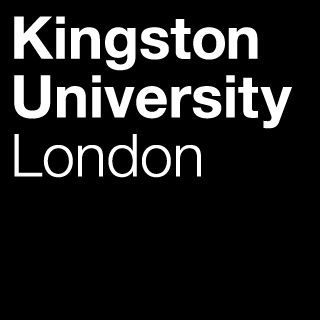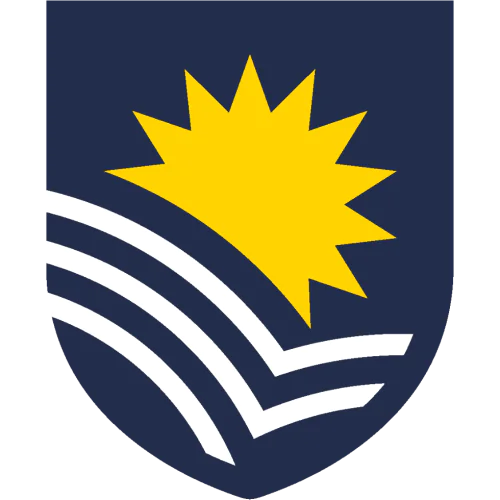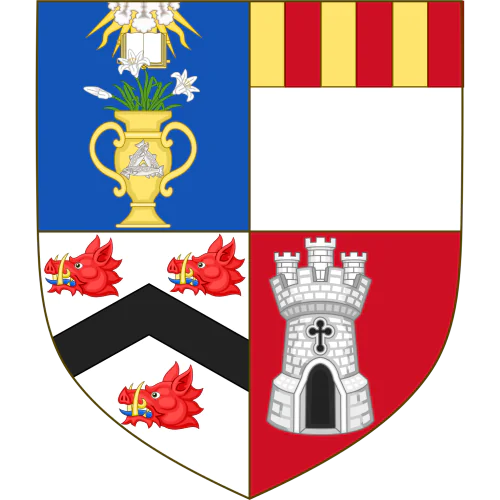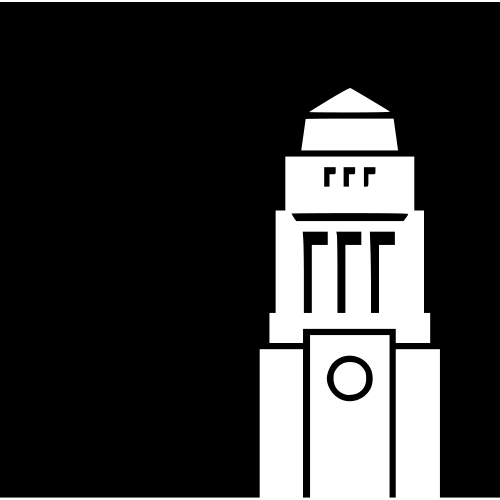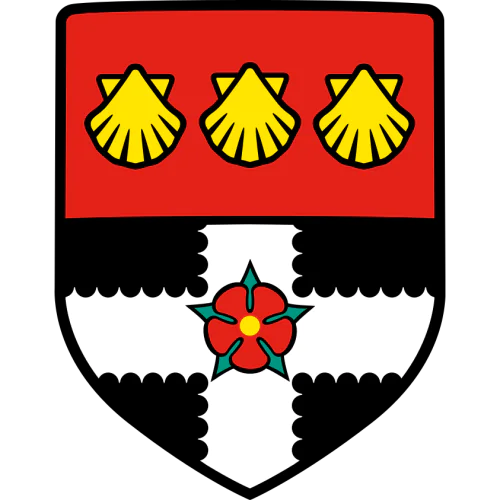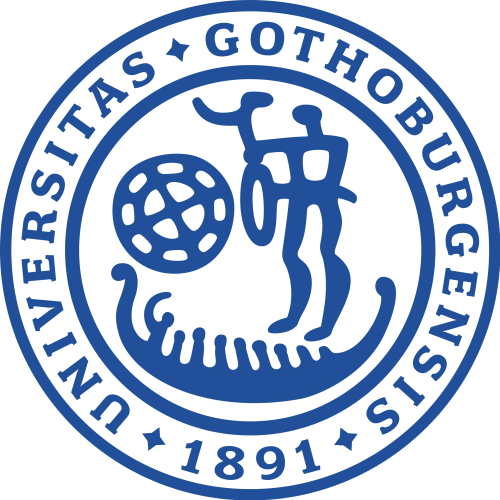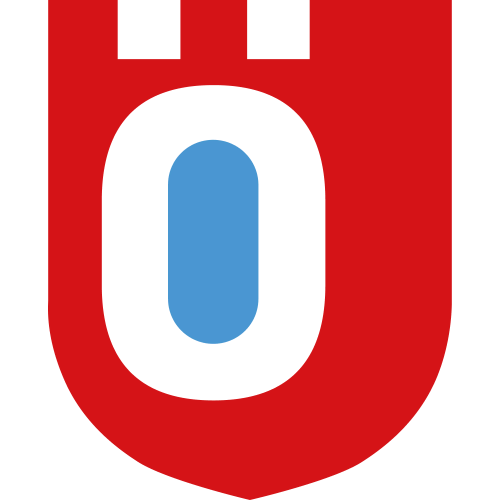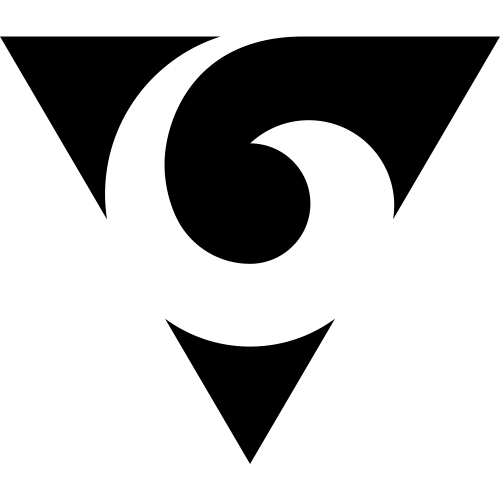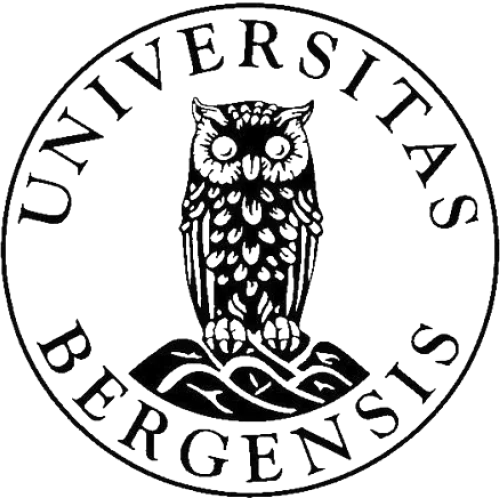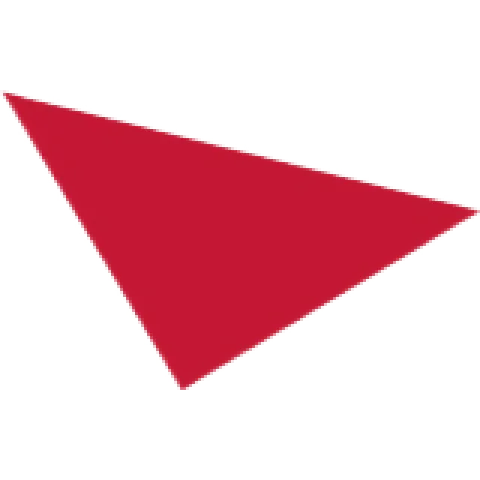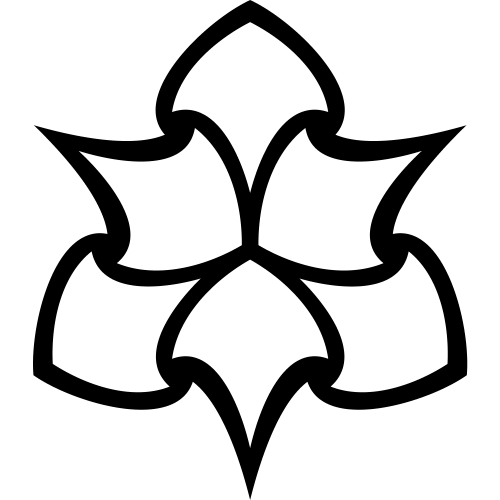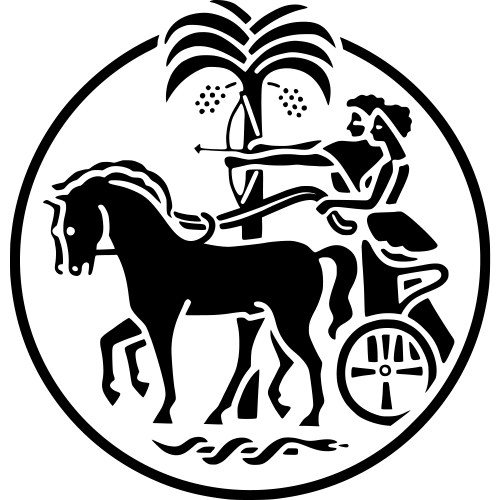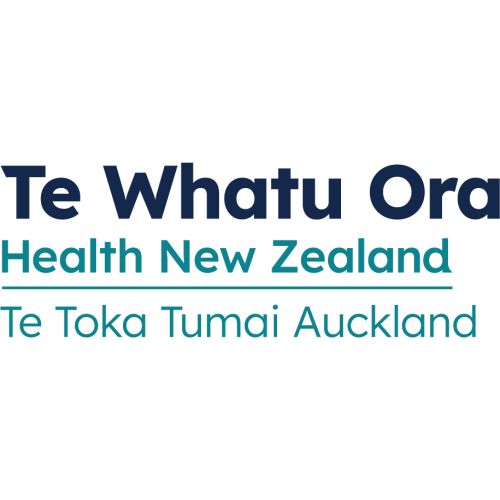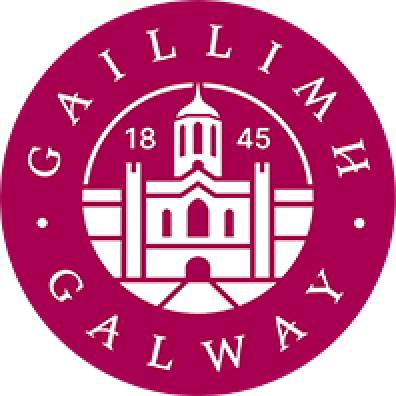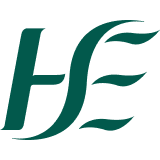Nursing and Residential Care
Are you a researcher?
Create a profile to get free access to personal recommendations for colleagues and new articles.
Years of issue
2024-2025
journal names
Nursing and Residential Care
Top-3 citing journals
Nursing and Residential Care
(655 citations)
British Journal of Community Nursing
(159 citations)
British Journal of Nursing
(158 citations)
Top-3 organizations
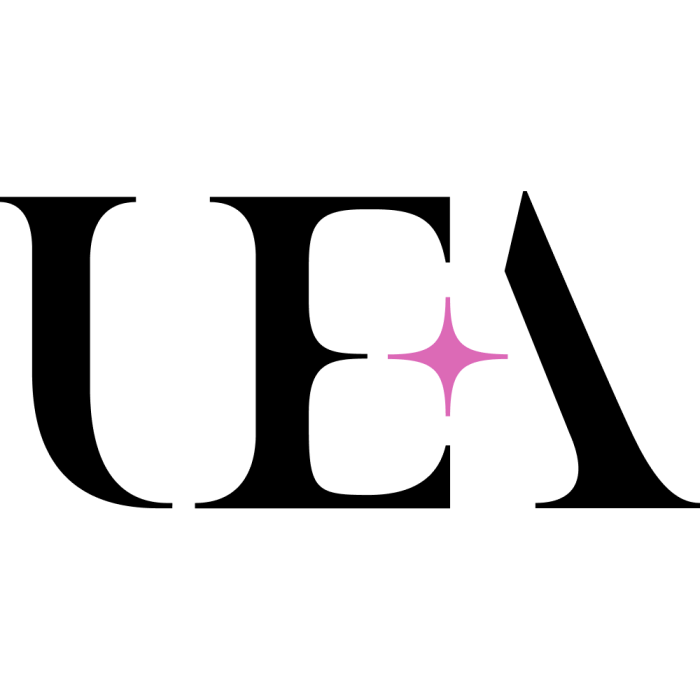
University of East Anglia
(48 publications)
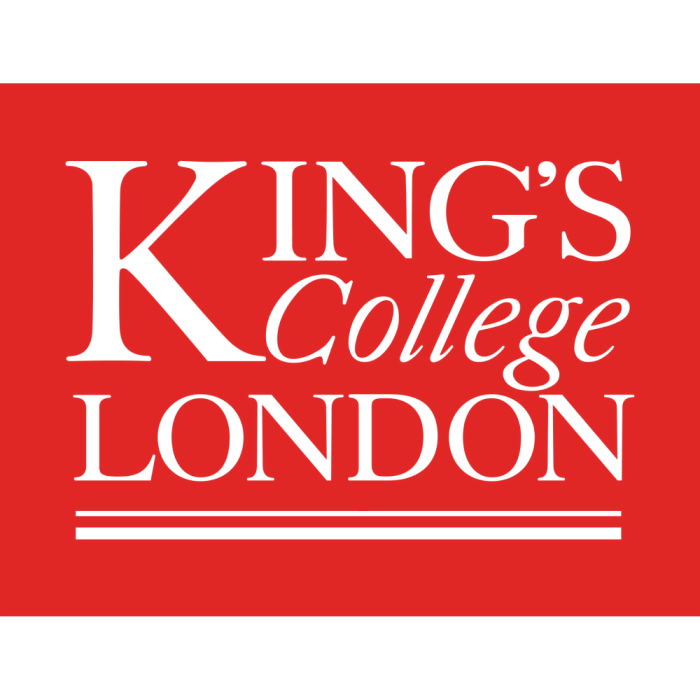
King's College London
(42 publications)

University of Hull
(30 publications)
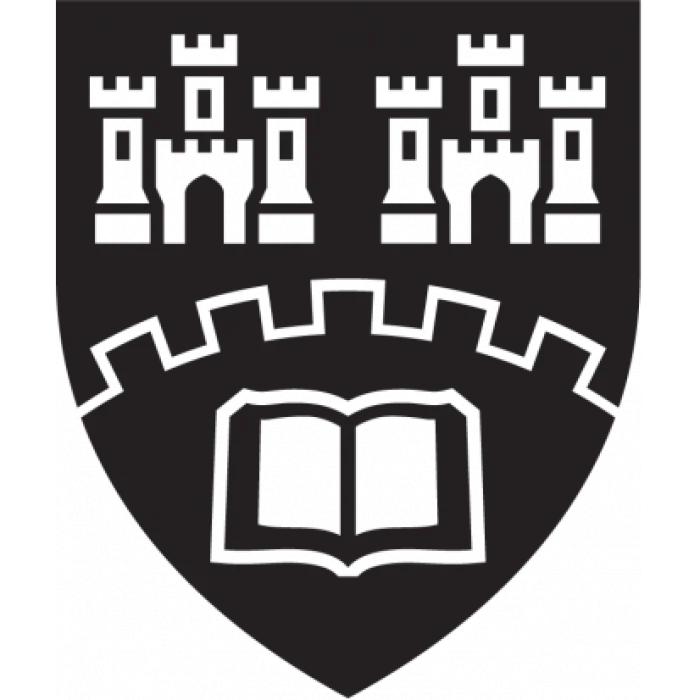
Northumbria University
(4 publications)

University of East Anglia
(4 publications)
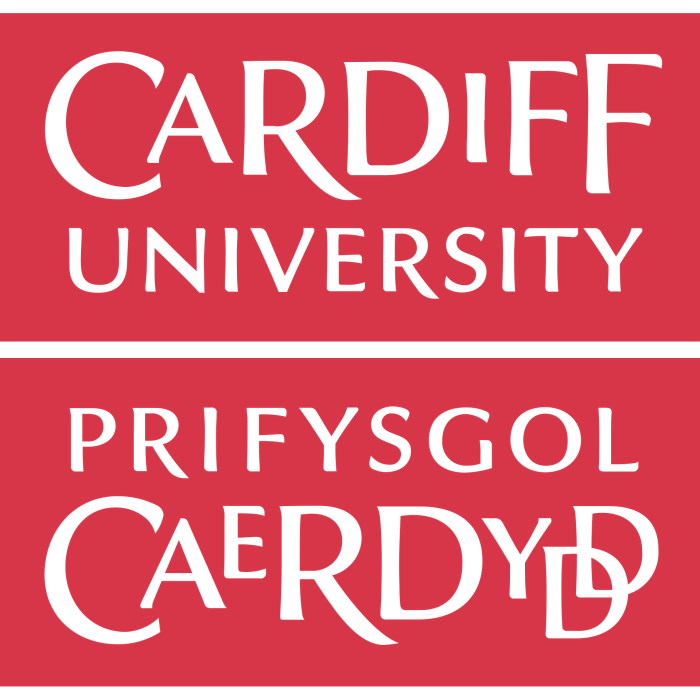
Cardiff University
(2 publications)
Top-3 countries
Most cited in 5 years
Found
Nothing found, try to update filter.
Found
Nothing found, try to update filter.
Top-100
Citing journals
Citing publishers
Publishing organizations
Publishing organizations in 5 years
Publishing countries
|
100
200
300
400
500
600
700
800
900
|
|
|
United Kingdom
|
United Kingdom, 823, 20.01%
United Kingdom
823 publications, 20.01%
|
|
USA
|
USA, 180, 4.38%
USA
180 publications, 4.38%
|
|
Canada
|
Canada, 36, 0.88%
Canada
36 publications, 0.88%
|
|
Italy
|
Italy, 17, 0.41%
Italy
17 publications, 0.41%
|
|
South Africa
|
South Africa, 14, 0.34%
South Africa
14 publications, 0.34%
|
|
Australia
|
Australia, 9, 0.22%
Australia
9 publications, 0.22%
|
|
Ireland
|
Ireland, 9, 0.22%
Ireland
9 publications, 0.22%
|
|
Kazakhstan
|
Kazakhstan, 7, 0.17%
Kazakhstan
7 publications, 0.17%
|
|
Switzerland
|
Switzerland, 6, 0.15%
Switzerland
6 publications, 0.15%
|
|
New Zealand
|
New Zealand, 5, 0.12%
New Zealand
5 publications, 0.12%
|
|
Turkey
|
Turkey, 5, 0.12%
Turkey
5 publications, 0.12%
|
|
France
|
France, 3, 0.07%
France
3 publications, 0.07%
|
|
Netherlands
|
Netherlands, 3, 0.07%
Netherlands
3 publications, 0.07%
|
|
Sweden
|
Sweden, 2, 0.05%
Sweden
2 publications, 0.05%
|
|
Belgium
|
Belgium, 1, 0.02%
Belgium
1 publication, 0.02%
|
|
Gibraltar
|
Gibraltar, 1, 0.02%
Gibraltar
1 publication, 0.02%
|
|
Denmark
|
Denmark, 1, 0.02%
Denmark
1 publication, 0.02%
|
|
Malta
|
Malta, 1, 0.02%
Malta
1 publication, 0.02%
|
|
Norway
|
Norway, 1, 0.02%
Norway
1 publication, 0.02%
|
|
Isle of Man
|
Isle of Man, 1, 0.02%
Isle of Man
1 publication, 0.02%
|
|
UAE
|
UAE, 1, 0.02%
UAE
1 publication, 0.02%
|
|
Poland
|
Poland, 1, 0.02%
Poland
1 publication, 0.02%
|
|
Slovakia
|
Slovakia, 1, 0.02%
Slovakia
1 publication, 0.02%
|
|
Sri Lanka
|
Sri Lanka, 1, 0.02%
Sri Lanka
1 publication, 0.02%
|
|
Japan
|
Japan, 1, 0.02%
Japan
1 publication, 0.02%
|
|
100
200
300
400
500
600
700
800
900
|
Publishing countries in 5 years
|
50
100
150
200
250
|
|
|
United Kingdom
|
United Kingdom, 230, 51.34%
United Kingdom
230 publications, 51.34%
|
|
Canada
|
Canada, 18, 4.02%
Canada
18 publications, 4.02%
|
|
Ireland
|
Ireland, 4, 0.89%
Ireland
4 publications, 0.89%
|
|
USA
|
USA, 3, 0.67%
USA
3 publications, 0.67%
|
|
Sweden
|
Sweden, 2, 0.45%
Sweden
2 publications, 0.45%
|
|
Belgium
|
Belgium, 1, 0.22%
Belgium
1 publication, 0.22%
|
|
Denmark
|
Denmark, 1, 0.22%
Denmark
1 publication, 0.22%
|
|
Malta
|
Malta, 1, 0.22%
Malta
1 publication, 0.22%
|
|
Slovakia
|
Slovakia, 1, 0.22%
Slovakia
1 publication, 0.22%
|
|
50
100
150
200
250
|



























